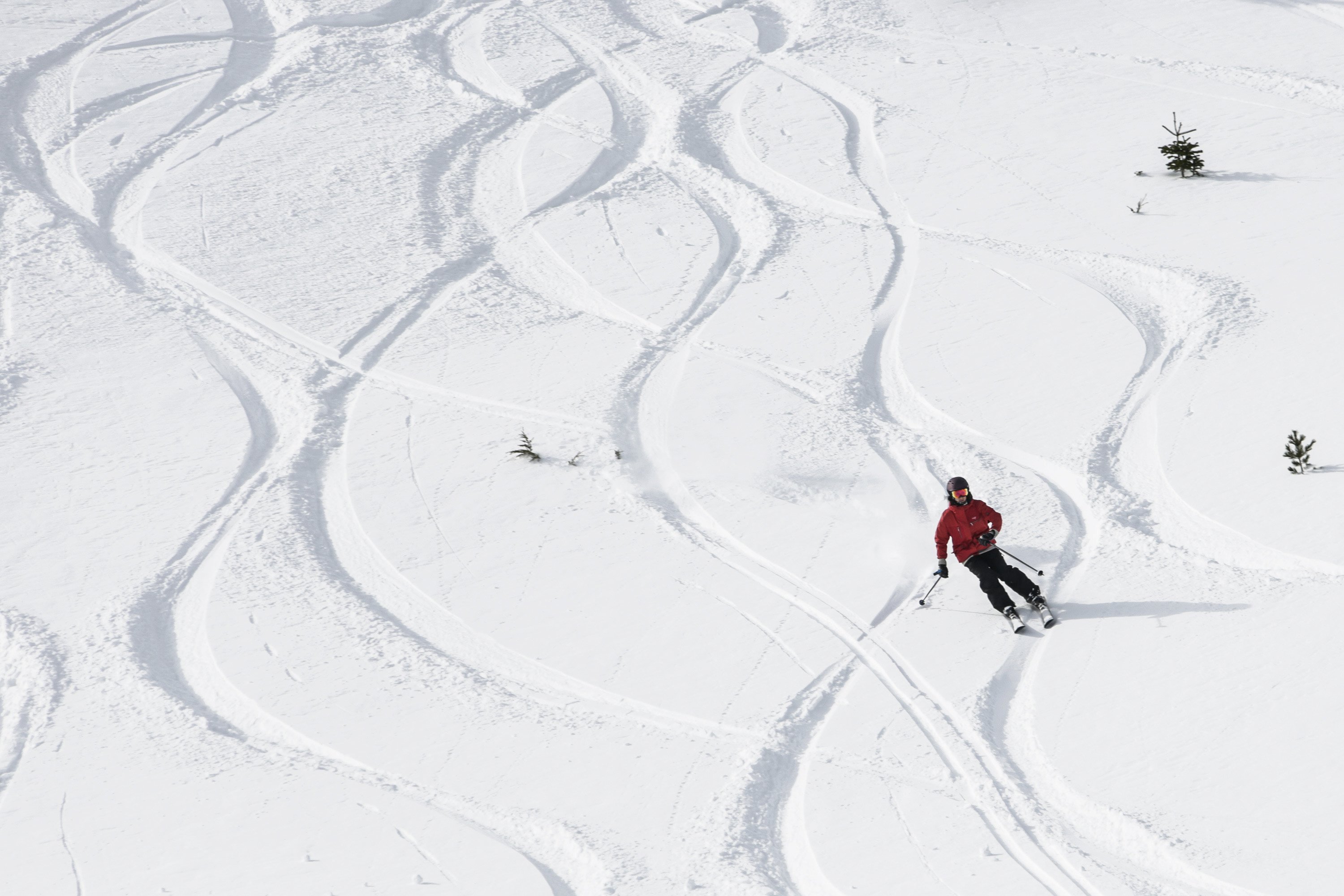In Buffalo, New York, it hasn't snowed yet this year. A Duluth, Minnesota, newspaper reported that the temperature was 40 degrees above zero, not below. And in Miami, beachgoers are staying indoors during what's already the third-wettest December in local history. What's going on with the weather?
It's the phenomenon called El Nino, which is happening now as ocean water temperatures rise above normal across the central and eastern Pacific, near the equator. Its effects will leave the U.S. Northeast warmer than usual, the Midwest drier, and the West and the South wetter. And scientists have a message for everyone bracing for one of the strongest El Nino events on record: get used to it.
While El Nino oscillates on a more or less yearly cycle, another dynamic in Pacific Ocean water temperatures, known as the Pacific Decadal Oscillation (PDO), has the potential to accelerate global warming and increase the severity of El Nino episodes, scientists said. The last time the PDO was, as it may be now, in a prolonged positive, or "warm" phase, it corresponded with two of the strongest El Ninos on record.



